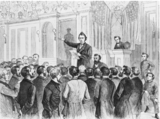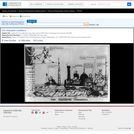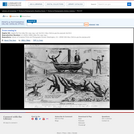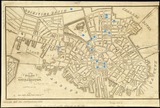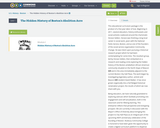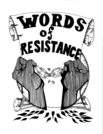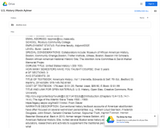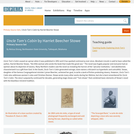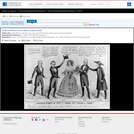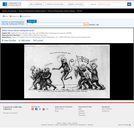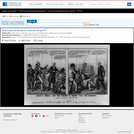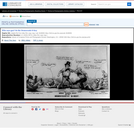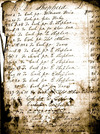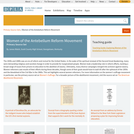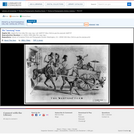
StoryWorks Theater’s Teaching the Constitution Through Theater develops inclusive and transformative educational theater experiences that provides students with the opportunity to examine our history and to foster a deeper understanding of the U.S. Constitution. Through content consistent with school curriculum standards, the program engages students in experiential learning and inspires them to ask complex questions about the historical underpinnings behind contemporary issues. The process creates pathways to civic engagement, creates lasting memories and instills a tangible sense of social belonging. Now’s The Time opens at the dawn of Reconstruction, the Civil War has just ended but the nation is plunged again into crisis with the assassination of President Abraham Lincoln. Andrew Johnson ascends to the Presidency determined to restore white supremacy in the South. Congressional radicals led by Thaddeus Stevens are fighting for a different vision. They intend to create a new society of full racial equality, where Black Americans will have real economic and political power, including ownership of land confiscated from the rebels, education, suffrage and election to public office. This titanic political battle between President and Congress culminates in the first impeachment and trial of a U.S. president, and to more than 150 years of continuing violence and discrimination against Black Americans.View the complete play Now’s The Time on the StoryWorks Theater site. Implementation1. Now’s The Time Performance Classroom watches a prerecorded, staged reading of the play Now’s The Time, written by Jean P. Bordewich and Produced by StoryWorks Theater.2. Lesson Plan Activities Following the six lesson plan structure, students will read aloud or act out scenes from the play. This participatory interaction with the text and the historical events promotes a high level of engagement from the students and encourages experiential learning. These activities directly correspond to scenes in the play and to specific content area standards. Throughout the curriculum, teachers will lead guided discussions and help to explain the historical context and theme of each scene. Students/actors will have the ability to share their experiences having portrayed these historical figures. Students/historians will have the unique opportunity to work with primary source materials to further their understanding of the complexities of the era and to gain insight into the critical legislative debates of the time.
- Subject:
- Arts and Humanities
- Composition and Rhetoric
- English Language Arts
- History
- Literature
- Performing Arts
- Political Science
- Social Science
- U.S. History
- Material Type:
- Full Course
- Date Added:
- 07/27/2022

